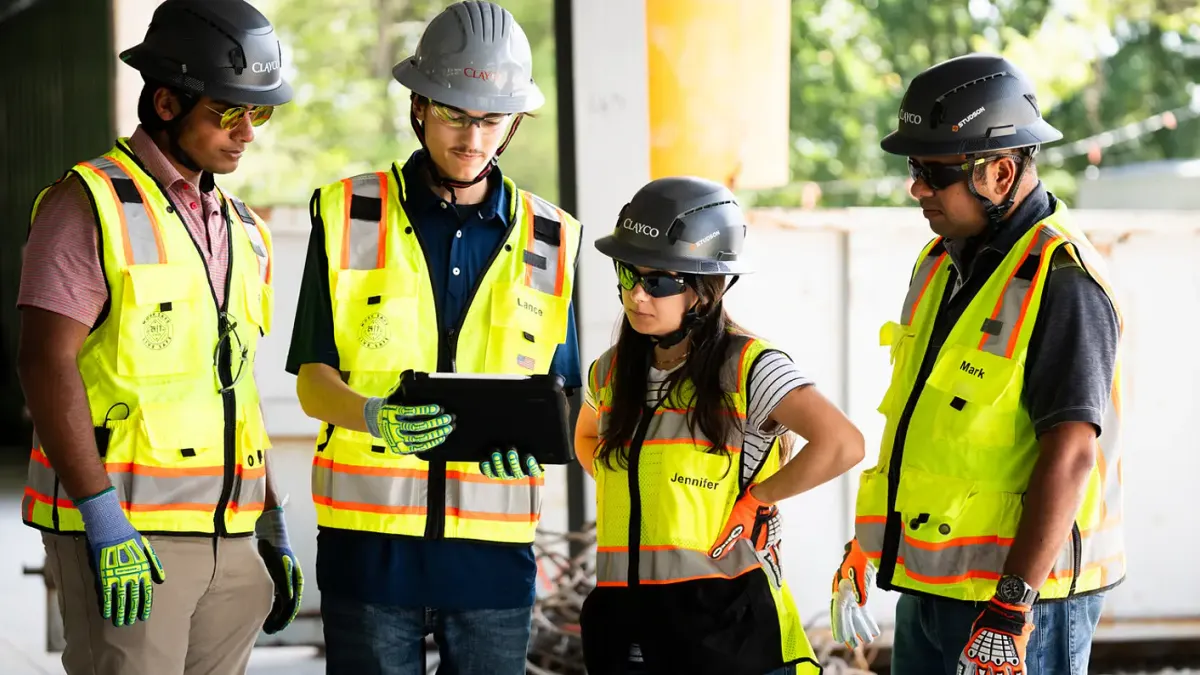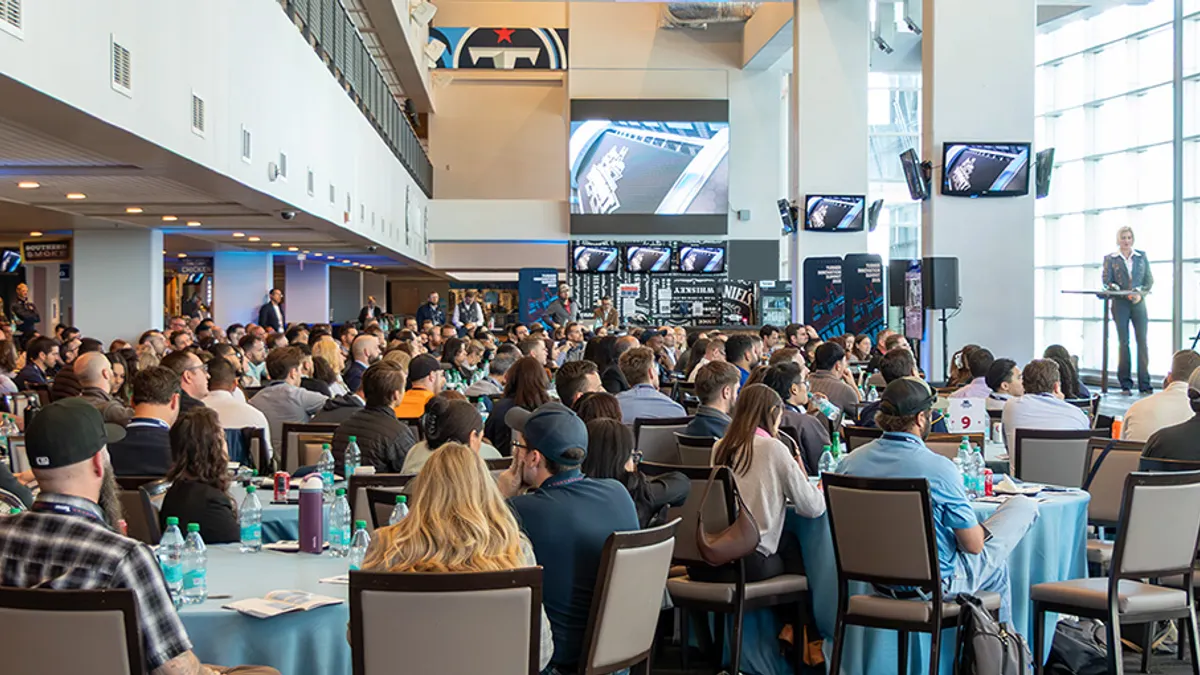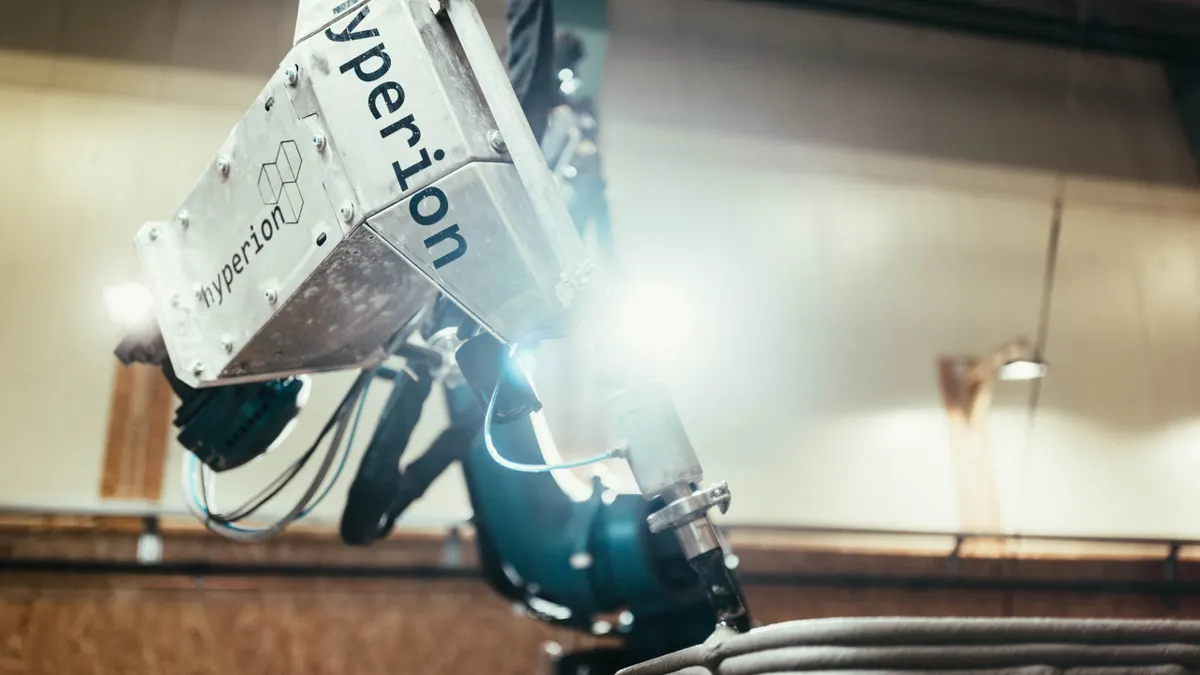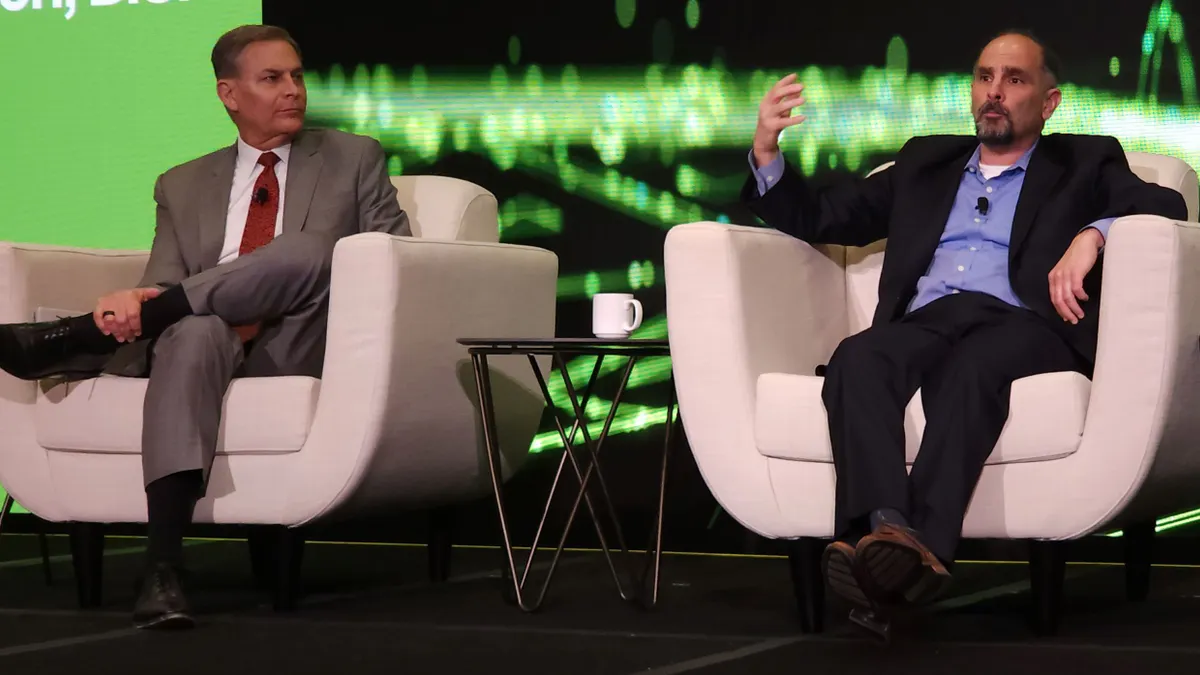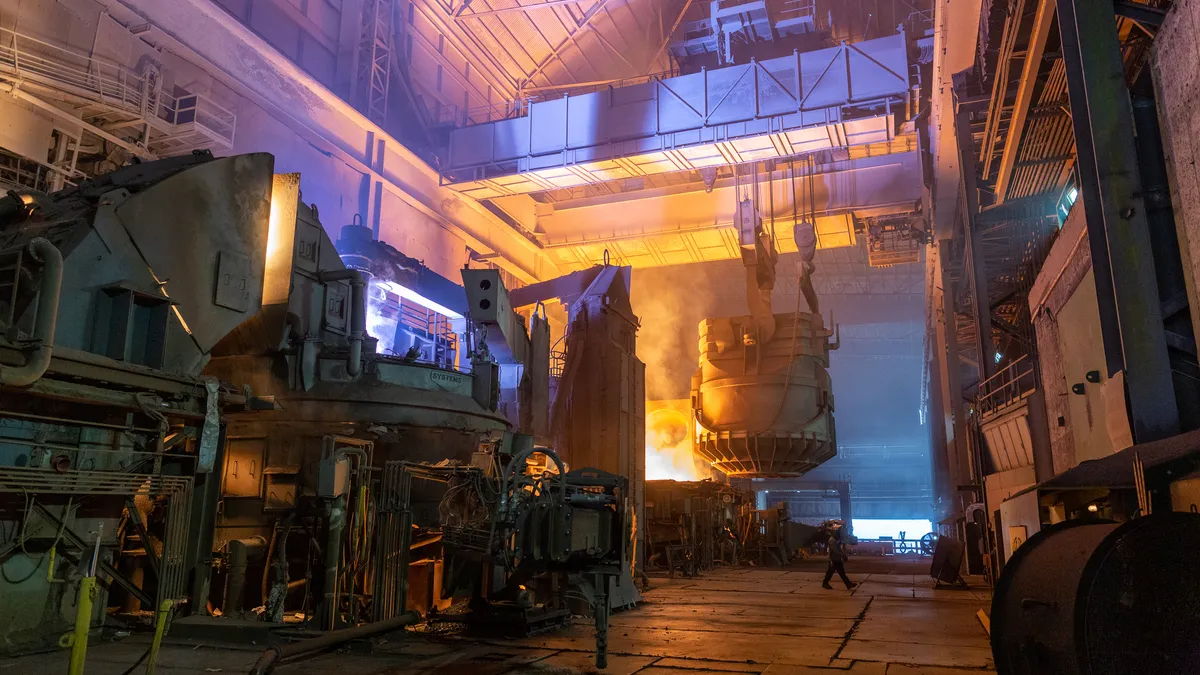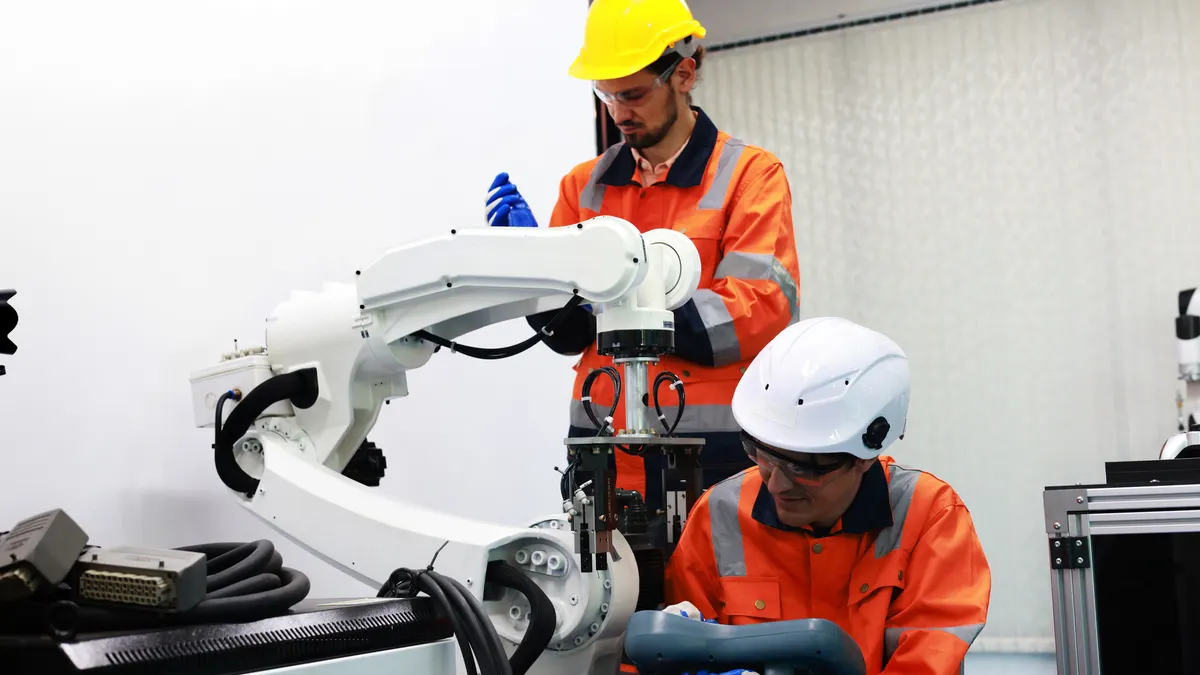The construction software marketplace is teeming with 2,000-plus vendors claiming to save contractors time and money. Finding a reliable solution that fully addresses a particular business challenge can be like finding a needle in a haystack, but contractors can better steer their investment by tapping into the talent base that understands that challenge deeply, living it out on a daily basis.
Given an outlet to present their ideas and receive support, passionate employees across a company tend to come forward with suggestions. The ideas may start small, but they have the potential to change the company's trajectory if they can be scaled to the whole enterprise, said innovation leaders from three of the country’s largest construction firms during a recent panel discussion.
Boston-based Suffolk created not just a structured process for pitching new ideas involving technology, but physical spaces across the country to develop them while collaborating with others. The company will open its eighth “Smart Lab” this year, said Director Kelsey Gauger during an Engineering News-Record-hosted webinar entitled, “How Companies Leverage Internal User Groups to Drive Tech Adoption.”
“The labs function as an incubator for innovation,” Gauger said, with the goal of nurturing tech talent at Suffolk by signaling to them that their ideas can be heard, their problems can be solved with help from company resources and their efforts will be recognized by the firm as contributing to something meaningful.
“Ideas can come from anyone and everywhere,” she said, and can include those that just couldn’t come to fruition on a specific project because resources were limited or an owner didn’t want it. Employees across every department of a company are thinking about some of the new technologies that are out there, Gauger continued. “Bringing them into this physical space to work together and interface … I think that’s something really powerful about the space.”
One project that came through the innovation pipeline explored a way to more easily track progress photos and videos. Suffolk partnered with a local startup to create a product that would demonstrate value in this area, looping in IT to work out integration and big data to conduct an ROI analysis. A successful pilot saw the solution — Smartvid.io, which has since scaled to a national solution — added to Suffolk’s toolbox across the country.
PCL’s innovation efforts are likewise driven by employees who know company processes well enough to break them down and rebuild them in a more efficient way, according to Steven Forester, senior manager of custom advocacy in the business technology unit.
In order to “challenge the process,” a cultural mantra for the contractor, PCL looks to eliminate any barriers that stand in the way of change. Instead of a reliance on policy, the company focuses more on guidelines that “are meant to be changed, adapted and modified” to enable improvements over time, he said.
PCL also emphasizes knowledge sharing between departments and loosens permissions on employees’ computers that would prevent them from sampling new software or other tools.
Shepherding the grassroots effort
Albert Zulps, Skanska USA’s director of innovation and VDC, said the grassroots base is most effective in identifying and enacting improvements to company processes. Nobody likes to have a mandate from the top down, he said, and groups working from the bottom up tend to have a better sense of what will work. “We need to shepherd that and to have dedicated resources” to move innovation forward, Zulps said.
But if companies aren’t careful, technology champions can end up sitting on their ideas or losing interest in the tools they’re expert in. Setting up “knowledge networks,” which could take the form of a monthly conference call or face-to-face meetings, can go a long way toward facilitating an exchange of recommendations and lessons learned. Then, the energy of members in the group allows the program to more or less sustain itself, Zulps said.
Gauger also noted the value of these types of conversations, particularly when negative feedback is voiced from an employee who may be skeptical or may have had a bad experience with a particular tool. Chances are, another employee at the company has had success with the same tool and would be willing to share their positive experience, she said.





